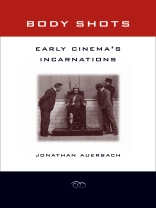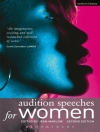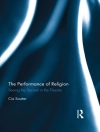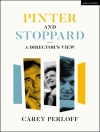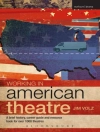This original and compelling book places the body at the center of cinema’s first decade of emergence and challenges the idea that for early audiences, the new medium’s fascination rested on visual spectacle for its own sake. Instead, as Jonathan Auerbach argues, it was the human form in motion that most profoundly shaped early cinema. Situating his discussion in a political and historical context, Auerbach begins his analysis with films that reveal striking anxieties and preoccupations about persons on public display—both exceptional figures, such as 1896 presidential candidate William Mc Kinley, and ordinary people caught by the movie camera in their daily routines. The result is a sharp, unique, and groundbreaking way to consider the turn-of-the-twentieth-century American incarnation of cinema itself.
Зміст
List of Illustrations
Acknowledgments
Introduction: Body, Movement, Space
PART I. BODIES IN PUBLIC
1. Looking In: Mc Kinley at Home
2. Looking Out: Visualizing Self-Consciousness
Interlude. The Vocal Gesture: Sounding the Origins of Cinema
PART II. BODIES IN SPACE
3. Chasing Film Narrative
4. Windows 1900; or, Life of an American Fireman
Conclusion: The Stilled Body
Notes
Bibliography
Index
Про автора
Jonathan Auerbach is Professor of English at the University of Maryland, College Park and is the author of Male Call: Becoming Jack London (1996) and The Romance of Failure: First-Person Fictions of Poe, Hawthorne, and James (1989).
